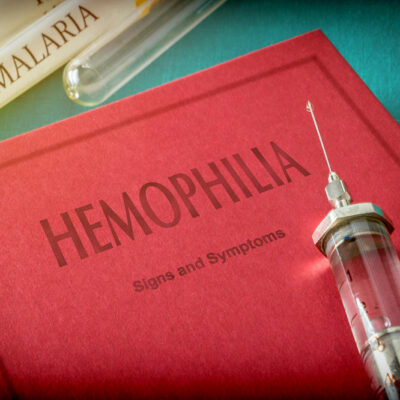
Symptoms Causes and Lifestyle Management for Anemia
Anemia, a condition in which there is a reduction in the number of red blood cells in the body, is the most common blood condition in the country. Women, young children, the elderly, and those with long-term health conditions are more prone to it. Discussed below are some of the signs and lifestyle changes to manage anemia:
Symptoms
The signs and symptoms of this condition can be so mild that they might not be noticeable at first. However, as the blood cells decrease, the following common symptoms can develop:
- Lightheadedness or dizziness
- Fast heartbeat
- Pain in the chest, abdomen, or bones
- Headache
- Growth issues in children and teens
- Pale or yellow skin
- Cold hands and feet
- Fatigue or tiredness
- Weakness
The symptoms of anemia vary depending on the type of the condition, its underlying cause, severity, and the severity of underlying health conditions, such as cancer or menstrual problems. The symptoms of specific kinds of anemia are mentioned below:
- Iron deficiency anemia
Some signs of this type of anemia are a craving or hunger for unusual substances, such as paper or dirt, which is known as pica; nails with an upward curvature, also known as koilonychia; and a sore mouth with cracks at the corners. - Vitamin B12 deficiency anemia
A prickly or tingling sensation in the hands and feet; loss of sense of touch; issues with walking or stiffness in the arms and legs; and dementia are some symptoms of vitamin B12 deficiency anemia. - Anemia caused by lead poisoning
Abdominal pain, constipation, vomiting, and a blue or black line on the gums, known as lead line, are some symptoms of this type of anemia. - Hemolytic anemia
Yellow skin and eyes, commonly referred to as jaundice; red or brown urine; gallstones; seizures; and leg ulcers are some symptoms of hemolytic anemia. - Sickle cell anemia
Infections, growth issues in children, severe pain in the joints or abdomen, and fatigue, are some symptoms of sickle cell anemia.
Lifestyle changes to manage anemia
Let us take a brief look at a few lifestyle changes to manage the condition more effectively:
- Increasing the intake of iron-rich foods like spinach, or taking oral iron supplements can help manage anemia caused due to iron deficiency.
- Increasing the consumption of vitamin C will ensure that your body is able to absorb the iron consumed in the diet more effectively.
- Anemia caused due to a deficiency of nutrients like vitamin B12 and folic acid can be rectified by consuming foods rich in these nutrients, or taking supplements.
- Other lifestyle changes that can help manage anemia are quitting smoking and avoiding or restricting the consumption of alcohol.
Now that you are aware of the signs and lifestyle changes to manage anemia, you should be able to detect the condition early on and make the necessary changes to overcome it quickly, especially if it is caused due to nutritional deficiencies.


